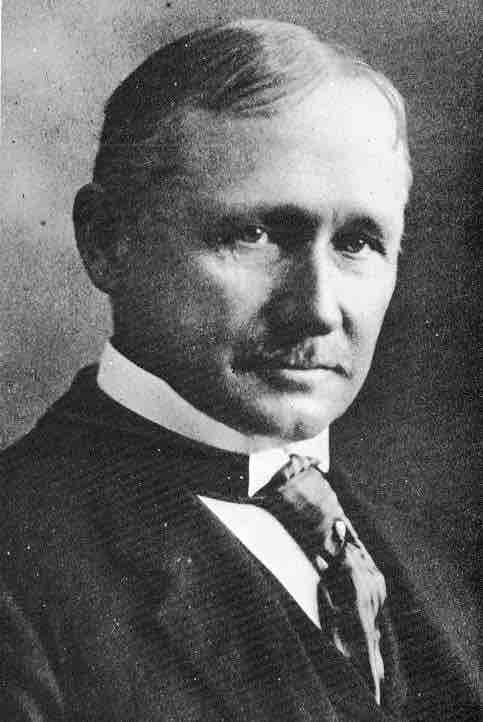Manufacturing
The Gilded Age was marked by increased mechanization in manufacturing. Businesses searched for cheaper and more efficient ways to create products. Corporate officials used various techniques, such as timing their workers with stopwatches and using stop-motion photography, to study the production process and improve efficiency. Frederick Winslow Taylor observed that the use of more advanced machinery could improve efficiency in steel production by requiring workers to make fewer motions in less time. His redesign increased the speed of factory machines and the productivity of factories while undercutting the need for skilled labor. Factories became an assemblage of unskilled laborers performing simple and repetitive tasks under the direction of skilled foremen and engineers. Machine shops, comprised of highly skilled workers and engineers, grew rapidly. The number of unskilled and skilled workers increased as their wage rates grew. Engineering colleges were established to feed the enormous demand for expertise.
Railroad Companies and Management
Railroads gave rise to the development of modern management techniques, such as the use of clear chains of command, statistical reporting, and complex bureaucratic systems. Railroad companies systematized the roles of middle managers and set up explicit career tracks. They hired young men at age 18–21 and promoted them internally until a man reached the status of locomotive engineer, conductor, or station agent at age 40 or so. Career tracks were offered to skilled blue-collar workers and white-collar managers, starting in railroads and expanding into finance, manufacturing, and trade. Together with rapid growth of small business, a new middle class was rapidly growing, especially in northern cities. Extensive national networks for transportation and communication were created. The corporation became the dominant form of business organization, and a managerial revolution transformed business operations. By the beginning of the 1900s, the United States had the highest per capita income and industrial production in the world, with per capita incomes double those of Germany and France, and 50 percent higher than those of Britain.

Frederick Winslow Taylor
Frederick Winslow Taylor, a mechanical engineer by training, is often credited with inventing scientific management and improving industrial efficiency.